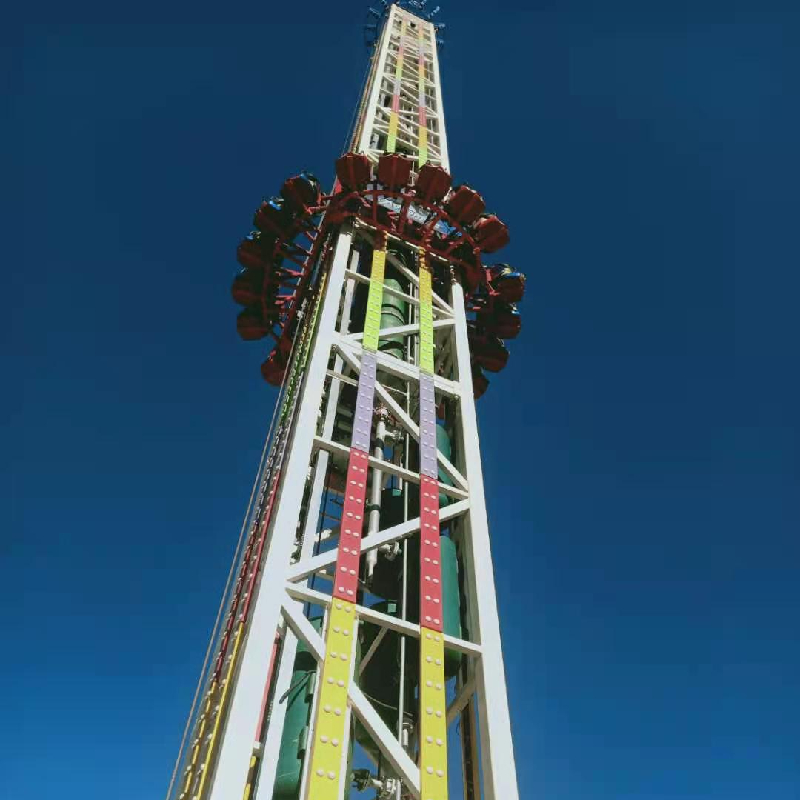Innovative Approaches to Roller Coaster Engineering and Design Techniques
The Art and Science of Roller Coaster Design
Roller coasters are a thrilling blend of art and engineering, captivating adrenaline junkies and casual riders alike. The design of a roller coaster is a meticulous process that requires a deep understanding of physics, human psychology, and creativity. This fusion of disciplines allows designers to create rides that are not only safe but also exhilarating.
The Art and Science of Roller Coaster Design
The layout of the track is where creativity shines. Designers employ CAD (Computer-Aided Design) software to visualize the ride before it's built. This allows them to experiment with various heights, drops, and twists. Iconic elements such as loops, corkscrews, and airtime hills are strategically placed to maximize thrill while maintaining a proper flow. The arrangement must keep the riders engaged without overwhelming them, creating a sense of anticipation as they approach each element.
rollercoaster design

Moreover, the thematic aspect of roller coaster design cannot be overlooked. Many rides are situated within specific themes that enhance the overall experience. From haunted houses to futuristic cities, the context of a roller coaster can amplify the emotional response of riders. Designers often collaborate with artists and cinematographers to create immersive environments that transport visitors into another world. Every element, including sound effects, lighting, and landscaping, is carefully curated to complement the ride itself.
Safety is paramount in roller coaster design. Engineers must adhere to strict industry standards and regulations. Materials are selected for durability, and design redundancy is incorporated to handle potential failures. Extensive testing is conducted, often including simulations and full-scale prototypes. Only after rigorous analysis and inspections can a roller coaster be deemed safe for public operation.
In conclusion, roller coaster design is a fascinating intersection of science and artistry. It involves a comprehensive understanding of physics, innovative design techniques, and an appreciation for thematic storytelling. As technology advances, the future of roller coasters holds exciting possibilities, enabling designers to push the boundaries of thrill and creativity, sharing unforgettable experiences with riders for generations to come.
-
Top Amusement Equipment Manufacturer Rock n Roller Coaster & Carousel ManufacturerJun.10,2025
-
World's Scariest Roller Coaster Experience Ultimate Thrill & HeightJun.10,2025
-
Ultimate Thrill Ride Roller Coaster High-Speed, Safe AdventureMay.30,2025
-
Carousel Mansfield Rides Premium Indoor & Event SolutionsMay.30,2025
-
T3 Roller Coaster High-Thrill, Safe Ride for Theme Parks & ResortsMay.30,2025
-
Roller Coaster Cart Design Custom-Built & High-Safety Thrill Ride VehiclesMay.30,2025
